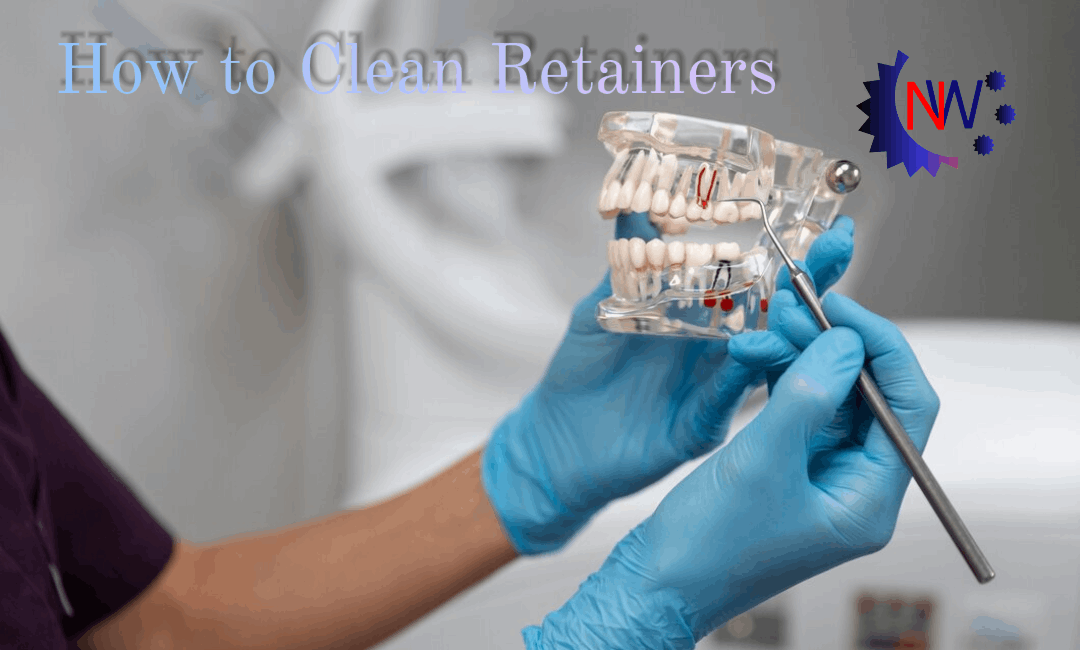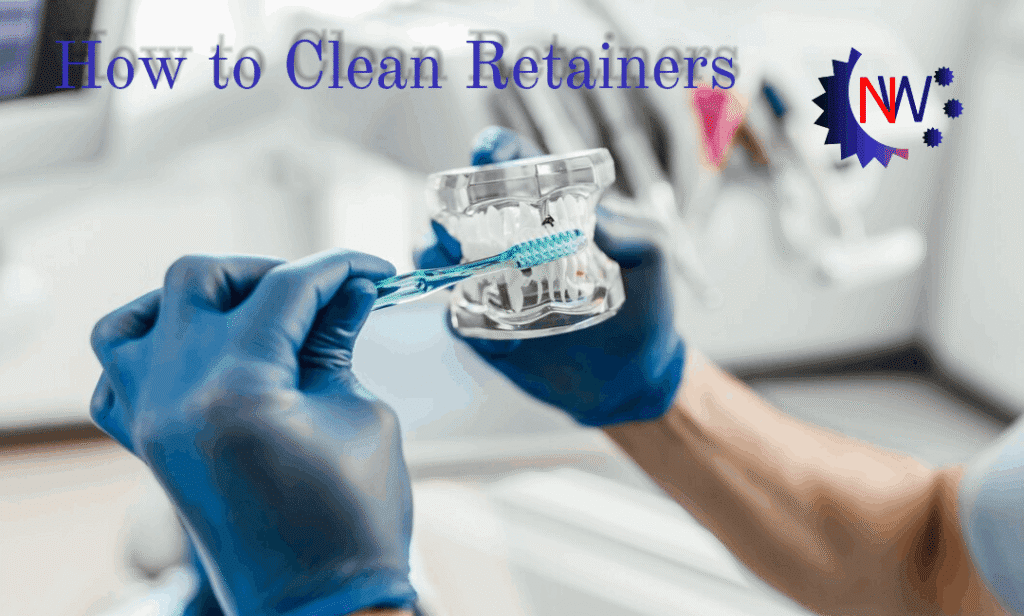How to Clean Retainers: The Ultimate Guide for a Healthy Smile

Retainers are a crucial part of maintaining your beautiful, straight smile after orthodontic treatment. Whether you wear a clear plastic retainer, a traditional Hawley retainer, or have a permanent (fixed) retainer, keeping it clean is essential for your oral health and comfort. Dirty retainers can harbor bacteria, cause bad breath, and even lead to oral infections or damage to your retainer. In this comprehensive guide, you’ll learn how to clean retainers of all types, what to avoid, and how to keep your retainer—and your mouth—fresh and healthy.
Why Cleaning Your Retainer Matters
Your retainer sits in your mouth for hours every day, exposed to saliva, bacteria, food particles, and plaque. If not cleaned regularly, it can:
- Harbor bacteria and fungi that may cause infections or bad breath
- Develop unsightly stains or white buildup (calcium deposits or tartar)
- Smell unpleasant
- Lose its clarity (for clear retainers)
- Wear out faster, leading to costly replacements
A clean retainer not only protects your oral health but also helps your retainer last longer and work more effectively.
Types of Retainers and Their Cleaning Needs
Before diving into cleaning methods, it’s important to know which type of retainer you have:
1. Clear Plastic Retainers (Essix, Vivera, Invisalign)
- Made from clear plastic, molded to fit your teeth
- Removable
- Most sensitive to heat and abrasion
2. Hawley Retainers
- Made of acrylic and metal wires
- Removable
- More durable, but still need gentle cleaning
3. Permanent (Fixed) Retainers
- Thin wire bonded to the back of your teeth
- Not removable
- Require special flossing and brushing techniques
Each type requires a slightly different cleaning approach, but all benefit from regular care.
How to Clean Removable Retainers (Clear & Hawley)
1. Rinse After Every Use
Every time you remove your retainer, rinse it under lukewarm water. This helps wash away saliva and loose debris before it can harden or cause odors.
- Tip: Never use hot water, as it can warp plastic retainers.
2. Brush Gently Every Day
- Use a soft-bristled toothbrush (not your regular one) and mild, unscented liquid soap.
- Gently brush all surfaces, including the inside and outside, to remove plaque and bacteria.
- For Hawley retainers, brush around the wires and acrylic base.
- Avoid toothpaste—it’s abrasive and can scratch plastic, making it cloudy and more prone to bacteria buildup.
3. Soak Weekly for Deep Cleaning
A weekly deep clean helps remove stubborn buildup and keeps your retainer fresh.

Option 1: Retainer Cleaning Tablets
- Use products like Retainer Brite, Efferdent, or Polident.
- Dissolve a tablet in a cup of lukewarm water and soak your retainer for 15–20 minutes.
- Rinse thoroughly before wearing.
Option 2: Vinegar Solution
- Mix equal parts white vinegar and lukewarm water.
- Soak your retainer for 15–30 minutes to dissolve calcium deposits.
- Brush gently and rinse well.
Option 3: Baking Soda Paste
- Make a paste with baking soda and water.
- Gently brush the retainer with the paste to remove stains and odors.
- Rinse thoroughly.
Option 4: Hydrogen Peroxide (Occasional Use)
- Mix equal parts hydrogen peroxide and water.
- Soak for 15–30 minutes to disinfect.
- Rinse thoroughly before use.
4. Dry and Store Properly
- After cleaning, let your retainer air dry completely before storing it in its case.
- A dry retainer is less likely to harbor bacteria or develop odors.
- Clean your retainer case regularly with soap and water. eat your peels
How to Clean Permanent (Fixed) Retainers
Permanent retainers are bonded to your teeth and can’t be removed, so cleaning focuses on the teeth and wire.
1. Floss Daily
- Use a floss threader or special orthodontic floss (like Super Floss) to get under the wire.
- Carefully floss between each tooth and around the wire to remove plaque and food particles.
2. Brush Carefully
- Brush your teeth as usual, paying extra attention to the area around the retainer wire.
- Use a soft-bristled toothbrush and fluoride toothpaste.
3. Use Interdental Brushes or Water Flossers
- Interdental brushes (small, cone-shaped brushes) can help clean around the wire and between teeth.
- Water flossers (like Waterpik) are also effective for flushing out debris.
4. Regular Dental Visits
- See your dentist or orthodontist regularly for professional cleanings and to check the condition of your retainer.
What to Avoid When Cleaning Retainers
- Toothpaste: Abrasive and can scratch plastic retainers.
- Hot Water: Can warp or deform plastic retainers.
- Bleach or Harsh Chemicals: Can damage the retainer and are unsafe to ingest.
- Alcohol-Based Mouthwash: Can dry out and damage the retainer.
- Dishwasher or Boiling: Will ruin most retainers.
How to Remove Stains and White Buildup
White spots or a chalky film on your retainer are usually calcium deposits (tartar). Here’s how to remove them:
- Soak the retainer in a 1:1 solution of white vinegar and water for 15–30 minutes.
- Brush gently with a soft toothbrush.
- Rinse thoroughly with water before wearing.
If buildup persists, ask your orthodontist or dentist for professional cleaning.
How to Keep Your Retainer Odor-Free
- Clean your retainer daily and soak weekly.
- Let it dry completely before storing.
- Avoid eating or drinking (except water) while wearing your retainer.
- If your retainer still smells after cleaning, try a baking soda soak or a retainer cleaning tablet.
How to Clean Retainer Cases
- Wash your case with warm, soapy water at least once a week.
- Let it air dry completely before putting your retainer inside.
- Avoid leaving your retainer in a closed, wet case for long periods.
Frequently Asked Questions
How often should I clean my retainer?
- Rinse after every use, brush daily, and deep clean at least once a week.
Can I use mouthwash to clean my retainer?
- Only if it’s alcohol-free and clear. Alcohol can damage plastic and acrylic.
What if my retainer smells bad?
- Soak in vinegar or use a cleaning tablet. Persistent odor may mean it’s time for a replacement.
Can I use baking soda?
- Yes! Baking soda is safe and effective for cleaning and deodorizing retainers.
What if my retainer has white buildup?
- Soak in vinegar to dissolve calcium deposits, then brush gently.
Can I eat or drink with my retainer in?
- Only drink water. Remove your retainer before eating or drinking anything else to prevent stains and buildup.
How do I know if my retainer is clean?
- It should look clear (for plastic retainers), feel smooth, and not have any visible debris or odor.
How long do retainers last?
- With proper care, removable retainers can last several years. Permanent retainers can last even longer but may need repairs.
Tips for Keeping Your Retainer Clean and Safe
- Always remove your retainer before eating or drinking anything except water.
- Store your retainer in its case when not in use.
- Never wrap your retainer in a napkin or tissue—it can easily be thrown away by mistake.
- Keep your retainer away from pets—they love to chew on them!
- Replace your retainer as recommended by your orthodontist.
- Bring your retainer to dental appointments for professional cleaning and inspection.
When to Replace Your Retainer
Even with the best care, retainers don’t last forever. Replace your retainer if:
- It’s cracked, warped, or broken
- It no longer fits properly
- It has persistent stains or odors that won’t go away
- Your orthodontist recommends a new one
What to Do If You Lose or Break Your Retainer
- Contact your orthodontist immediately. Wearing your retainer as directed is crucial to maintaining your smile.
- Don’t try to fix a broken retainer yourself.
- In the meantime, keep your teeth as clean as possible and follow your orthodontist’s advice.
Conclusion
Cleaning your retainer is a simple but essential part of your oral hygiene routine. With daily care and regular deep cleaning, you can keep your retainer clear, odor-free, and effective for years to come. Remember to avoid harsh cleaners, hot water, and abrasive toothpaste, and always store your retainer safely when not in use.
If you ever have questions about your retainer or notice damage, stains, or persistent odors, don’t hesitate to contact your orthodontist. A clean retainer means a healthy mouth and a lasting, beautiful smile!

